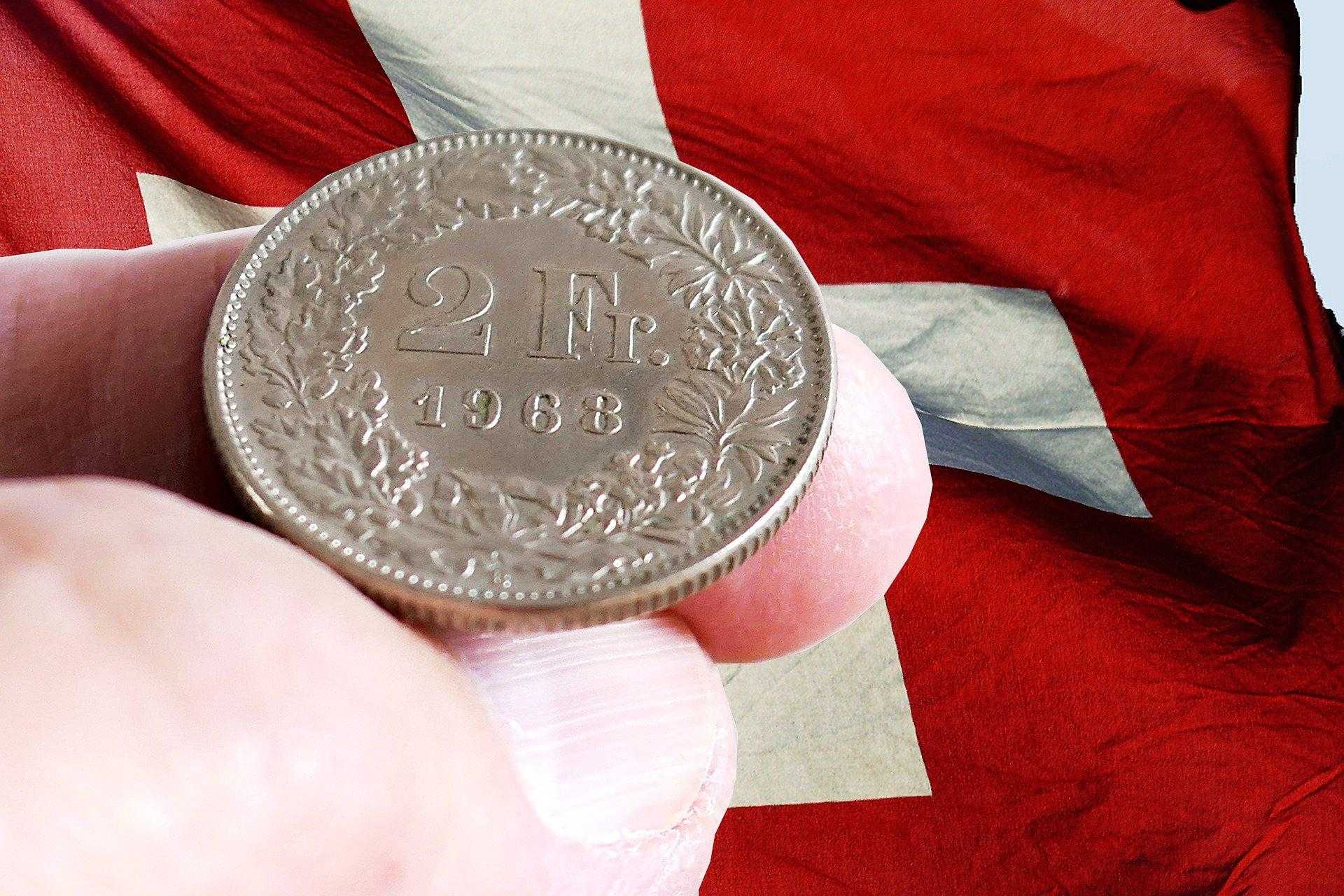The USD/CHF currency pair reversed from the 2021 bottom at 0.8780 levels, below which it was unable to break. Instead, it has moved higher to 0.8907 levels.

The USD/CHF exchange pair has weakened to touch 2014 lows. If it moves above 0.8920 levels, which is also the December highs, the currency pair will see a strong recovery to 0.9002 levels.
USD/CHF Currency Pair Tests December Highs
The USD/CHF pair is at the 0.8995 levels, which is testing the December highs.
For three days, bears hammered the Swiss Franc in the first week of January 2021, but the Swiss currency rose to 0.8907 levels on Friday, 15 January 2021.
The greenback is growing strong, while other major currencies like the USD/CHF, EUR/USD, and AUD/USD are moving lower. Only the Sterling has gained strength against the US Dollar, moving to 1.3700
The Swiss currency attracts the investment of customers around the world as it is considered a stable currency. It has great importance in the Eurozone, especially as the low-interest rates from Swiss banks are attractive.
The Swiss National Bank (SNB) interest rates are at -0.75%, which is the lowest rate in the world. The Swiss franc is highly valued and attracts investment from various countries.
The USD/CHF currency has gained support after touching 6-year lows.
USD/CHF Rises with Swiss Recovery After Pandemic
Manufacturing PMI of 58.0 in December 2020 is much above the previous month at 55.2, while the market expectation was at 54.0. Factory expansion has improved, especially with exports improving after the pandemic. With supply chains improving in many parts of Asia, the Swiss industry benefits from increasing demand from Asia. PMI numbers are now at 2-year highs.
CPI m/m is -0.1%, while previously, it was at -0.2%. The Switzerland Consumer Price Index CPI in December 2020 is at 100.86 points, from 100.96 points in November 2020. The Consumer Price Index measures changes in the price of goods and services of consumer items. It is important as it shows the price stability of the economy. The fall in Consumer prices, softer in December than in November (0.25% fall), is the cause of falling healthcare prices, and decreasing food and non-alcoholic beverages.
Foreign Currency Reserves in January is at 891 CHF billion in December, an increase from 877 CHF billion previously in November. The Foreign Exchange Reserve has increased in Switzerland.
Retail Sales y/y has come down in 2020 to 1.7% from 4.3% in 2019. A decrease in Retail Sales was expected as the pandemic has caused havoc in the Swiss economy due to lower consumer spending and decreasing overall economic activity. On a monthly basis, Retail Sales has come down from 3.6% in October, a decrease of 2%. Information and communication equipment has improved by 48.2%, followed by foods, beverages, tobacco, and household equipment.
The watch industry is hit harder than other industries during the pandemic. The watchmaking industry exports faced the biggest drop during the pandemic. The country awaits an upturn in the tourism sector, once the pandemic is under control. The Machinery, Equipment and Metals Industry (MEM) faces a bleak feature, with demand decreasing and the trade cycle affected in various countries.
The Unemployment Rate has increased in December 2020 to a non-seasonally adjusted rate at 3.5%, from 3.3% in November. It is the highest rate since 2017. The number of those unemployed has increased to 10,275, especially among those in the age group between 15 and 24 years. Reduced hours has helped to bring down the actual unemployment rate, says the SECO
Coronavirus Pandemic Restrictions
A new coronavirus variant is affecting people in various parts of Switzerland. Though restrictive measures are taken, additional steps are needed to control the virus.
There is a “rapid upsurge” says the government. Work from home, closure of non-essential shops, and restrictions on public and private gatherings are some measures announced by the government. These measures will continue until the end of February, say top officials.
Swiss President Guy Parmelin says that the Federal Council will relax the restrictions once the infection rates decrease. Switzerland was one of the first countries in continental Europe to bring in the vaccination from Pfizer-BioNTech and Moderna labs.
The Swiss economy is expected to recover in the second half of 2021. The country depends on multinational pharma companies, which accounts for a major portion of Swiss exports. It is further expected to exceed 10% of the Swiss GDP.
US Dollar Remains Bullish Ahead of Presidential Inauguration
President-elect Joe Biden’s inauguration on 20th January is awaited with great eagerness. The greenback is expected to appreciate ahead of the inauguration. The interest rate decision on 27th January is expected to pull up the US Dollar Index.
The US Dollar Index has moved from the lows of 89.20 on 8 January 2021 to 90.75 last week. The dollar bounced from a 3-year low with a bullish streak impacting the greenback. The bullish sentiment in the US Dollar Index is pulling other currencies higher. The stock market has strengthened, while bonds have fallen after the Democrats have won in the Senate.